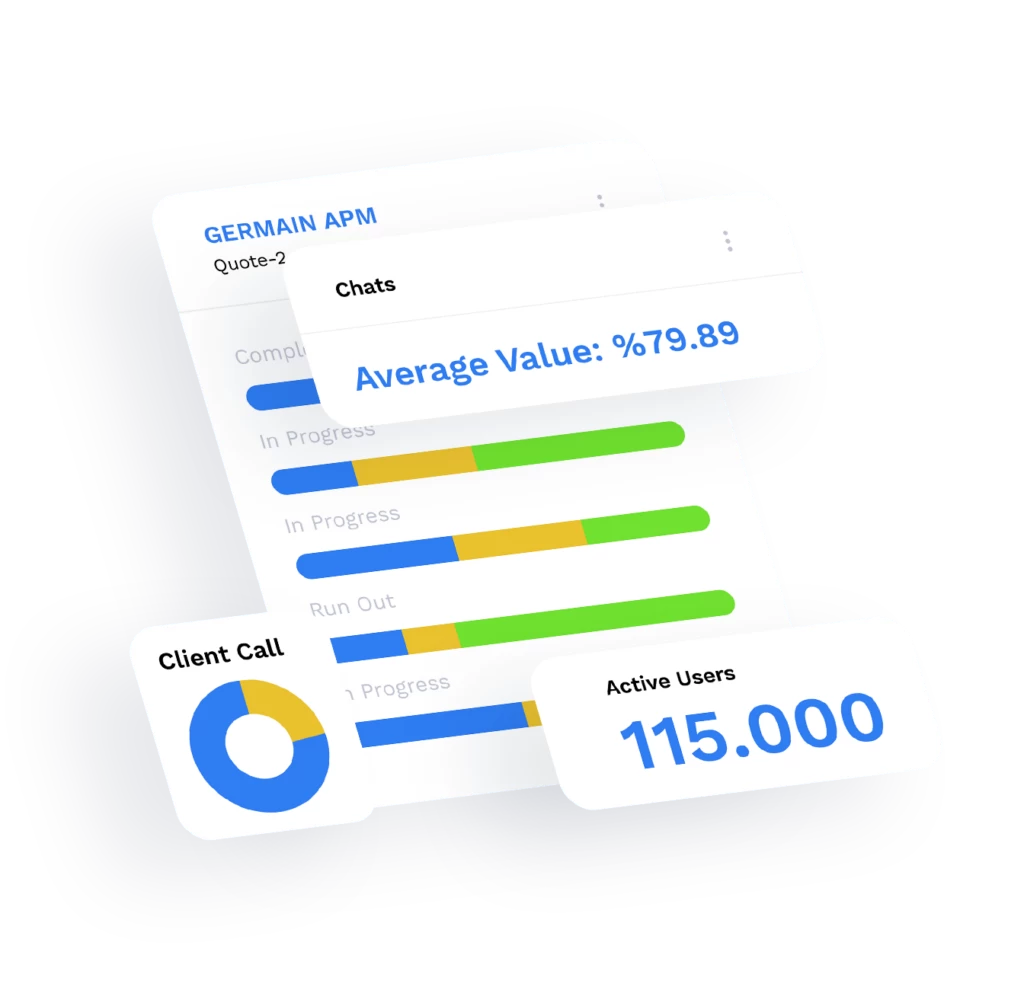Web performance monitoring (WPM) is the practice of tracking the performance of web applications. It can be used to identify and solve problems, optimize performance, and monitor changes in system behavior. WPM can also help you to understand how users are interacting with your web application and to identify issues early on. By monitoring applications for performance issues and detecting potential security breaches, these Application performance monitoring services can help protect your company's information assets and prevent costly downtime.

There are a number of different types of WPM tools, each with its own set of features and benefits. Some popular tools include WebPagetest, GTM, NewRelic, and Apigee Performance Monitor.
To get the most out of your WPM tools, it's important to have a good understanding of how they work. This article provides an overview of what WPM is and how it can help you improve the performance of your web applications. Why Is WPM Important?The WPM tools offer a way to monitor traffic throughput and the performance of individual page requests. The most popular tool, WebPagetest, is free and can be used to test your site's performance in any environment.
Many developers want to know how fast their web applications are performing and which pages typically lead to slow response times. Using WPM tools can help you determine how much time users spend on different pages and identify areas that need optimization. If a user spends a lot of time on one part of your site, it might be worth investigating why or where things are going wrong.